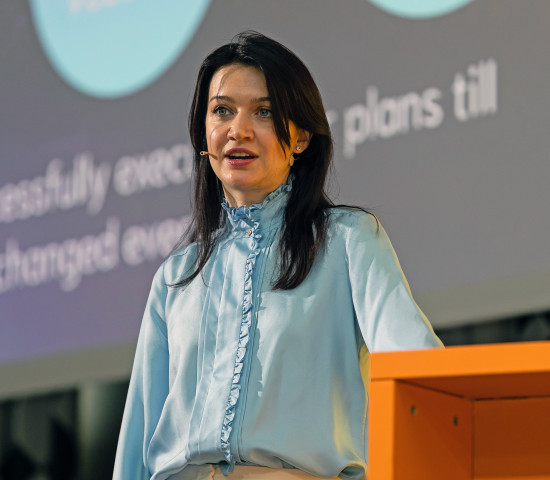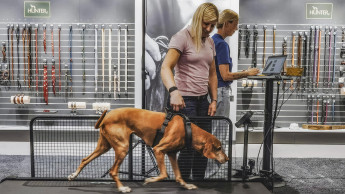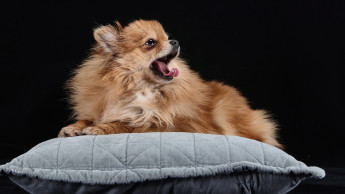The years 2020 and 2021 have acquired a legendary status. It goes without saying that the coronavirus pandemic had the global economy on tenterhooks, but in those two years the pet supplies sector experienced an upswing that would scarcely have been possible until then. Let us be honest: who expected that 2022 would continue on such a high? At any rate, the eight weeks or so from 1 January onwards led us to believe that everything would carry on in a similarly positive vein.
With the outbreak of the war in Ukraine on 24 February, the accumulation of a variety of crises and problems in the pet sector brought a fairly abrupt end to the boom existing up to that point. Industrial companies and speciality retailers were faced with a deluge of new challenges. Huge increases in the cost of raw materials, packaging and logistics resulted in high price rises for pet food and accessories. The inflation rate consequently rose to an unprecedented level in many countries. The price increases also led in turn to growing consumer reticence. As if that wasn’t enough, concerns grew in the course of the year regarding the future energy supply, with alarm bells ringing for pet food manufacturers. There was even talk in many places of cutting back on production volumes.
Better than expected
Several market players predicted an imminent economic downturn for the pet supplies sector also; yet we now know that we were spared this. Admittedly, speciality retailers suffered sales losses, but we dare say that these were not solely a consequence of the political and economic conditions. On the contrary, it was also due to the fact that many pet owners had invested in new scratching posts, dog beds and leashes during the years of the pandemic and thus a saturation effect had appeared in the market. Another factor to consider was that consumers were much less reluctant to purchase pet food than pet accessories. Retail groups reported unanimously that pet owners who had been feeding their pets on high-value premium food hitherto had stuck with this habit, and so far no move had been detected away from the super-premium and premium ranges to the mid-price segment. Customers were economising only on treats, with rewards being given to dogs and cats a little less frequently.


 Menü
Menü








 1/2023
1/2023












 Newsletter
Newsletter